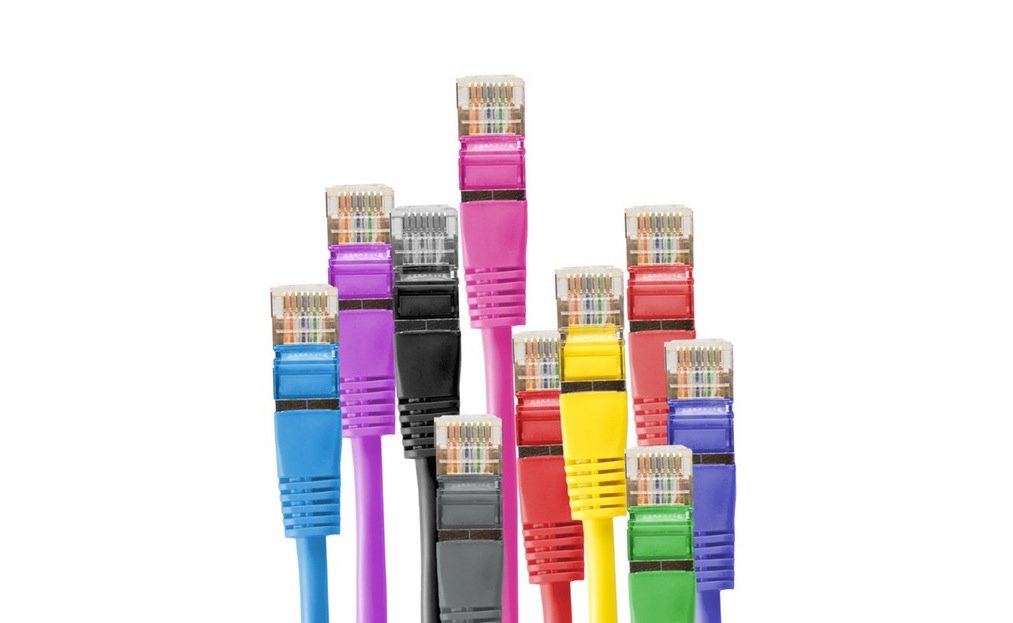
We already saw that a brilliant idea is worth nothing and what you sell are processes not products. And we also understood that we should look not only for rough traffic, but for trends, an umbrella term designating the various changes that are occurring in the way the content of your website is consumed. So, I think it’s time to focus now on what I call “the network effect”.
Or the fact that you should create something that grows, that evolves into an ecosystem. That’s pretty risky, because controlling an ecosystem is much harder than controlling just a product. Try controlling Earth climate, if you don’t understand what I mean by that.
But that’s also more rewarding from at least two points of view:
- the actual output of your business will increase dramatically as a direct consequence of having your users consuming more, from many sources
- in the (very probable) case of something going wrong, the ecosystem will most likely recover faster than just an isolated product
The days of building “a brilliant product” or a “fantastic service” are over. Look at Google: from a search engine, it evolved into the biggest mobile advertising network in the world (AdWords), it’s the second mobile operating system provider (Android) and now it ventures into mobile phones as well, with Pixel. And I just scratched the surface, without mentioning Google Glasses or Chromecast.
As for Facebook, please remember they own Instagram and WhatsApp, two huge media vehicles that are just helping Facebook become even more present into our lives than it is right now.
Start With The Network In Mind
I know you may think that once you’re so big, creating a network of satellite businesses on top of your existing customer base is just natural, but in the beginning, creating such a ripple may be very difficult, if not impossible. And that you should focus only on one thing at a time.
But that’s exactly the catch. It's not only what you do, but mostly how you design it. By building everything with the ecosystem in mind, you maximize the chances for your business not only to survive, but to thrive. You don’t have to wait until you have a big audience that you could expose to other products. Act like you already have that from the very beginning.
It’s not the fittest who survives, but the most adapted. And an ecosystem is an order of magnitude more flexible than just a single product.
The most interesting example is right here, under your own eyes. It’s called Steemit and it already opened the door to other developers to create amazing stuff. Just a few examples:
the mobile app eSteem, made by @good-karma. It works on iOS and Android and it’s not made by the original developers of Steem, it’s a contribution to the ecosystem by a client
the steemstats.com projects, made by @jesta, a place where you can find another angle to look at your contribution to the network. Again, something made out by a regular user, contributing to the growth of the ecosystem.
Do you know any other examples of apps / services / products built on top of the Steemit infrastructure? If so, please leave a comment, I’m really curious to know more about them.
image source
This post is part of a 30 days challenge on business, you can find the entire list of articles here.
I'm a serial entrepreneur, blogger and ultrarunner. You can find me mainly on my blog at Dragos Roua where I write about productivity, business, relationships and running.

